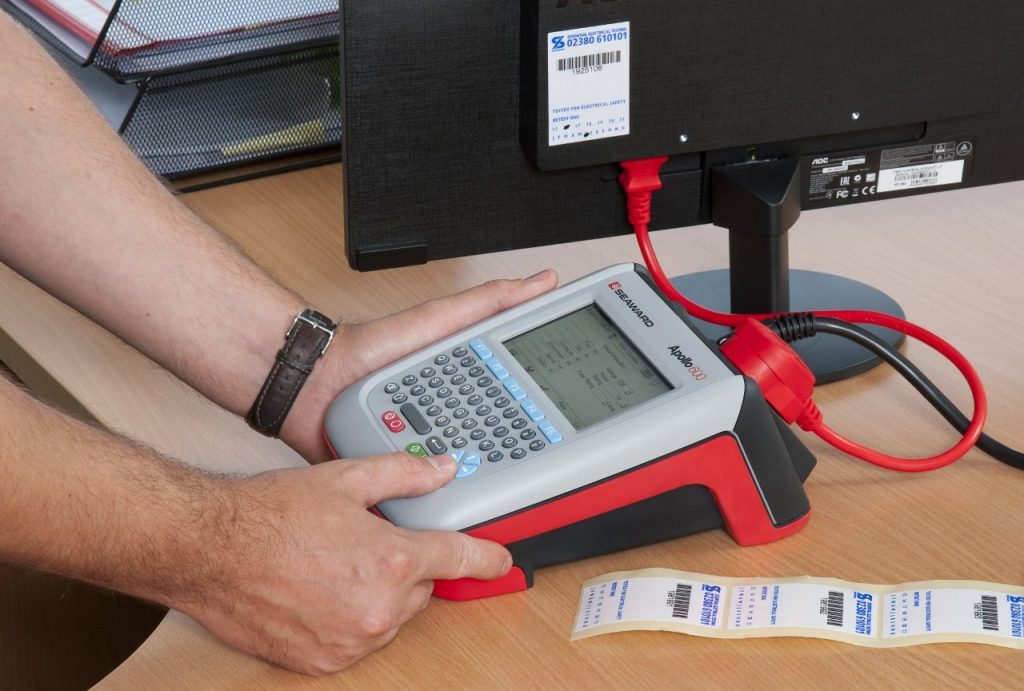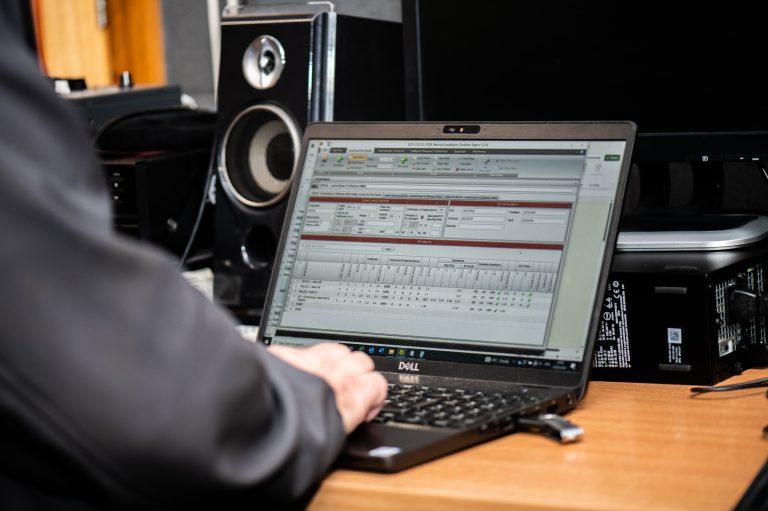A question we are asked on a regular basis and a very important one. PC leads must be PAT tested separately as a matter of safety.
Got a question about PAT Testing? Speak to the team
Most IT equipment now comes with detachable IEC leads or “kettle” leads as they are commonly called. There has been some debate whether these should be tested as separate items. The latest edition of the Code of Practice for In-service Inspection and Testing of Electrical Equipment looks to clear up the debate.
The reason that the cord set is inspected and tested separately from the appliance is that the cord set could be used to supply a different appliance. For example, if the cord set was 2-core and, during the year, was inadvertently used to supply a Class I appliance, the appliance would be unearthed and present a risk of electric shock.
According to the code of practice “An appliance with a detachable power supply flex (appliance-coupler) should be tested with the code set plugged into the appliance. The cord set should be labelled and then tested separately from the appliance as follows:
- A 3-core set should be tested as a Class I appliance
- A 2-core set should be tested as a Class II appliance
The following Inspections and Tests should be made:
- Visual inspection
- Class I – earth continuity, polarity and insulation checks
- Class II – polarity and insulation checks
Furthermore you are unable to carry out a polarity check if the lead is only tested when plugged into the appliance.”
Portable Appliance Testing is not compulsory, the law simply requires an employer to ensure that their electrical equipment is maintained in order to prevent danger. It does not say how this should be done or how often. Employers should take a risk-based approach, considering the type of equipment and what it is being used for.
To find out more about Portable Appliance Testing, speak to one of our team.




